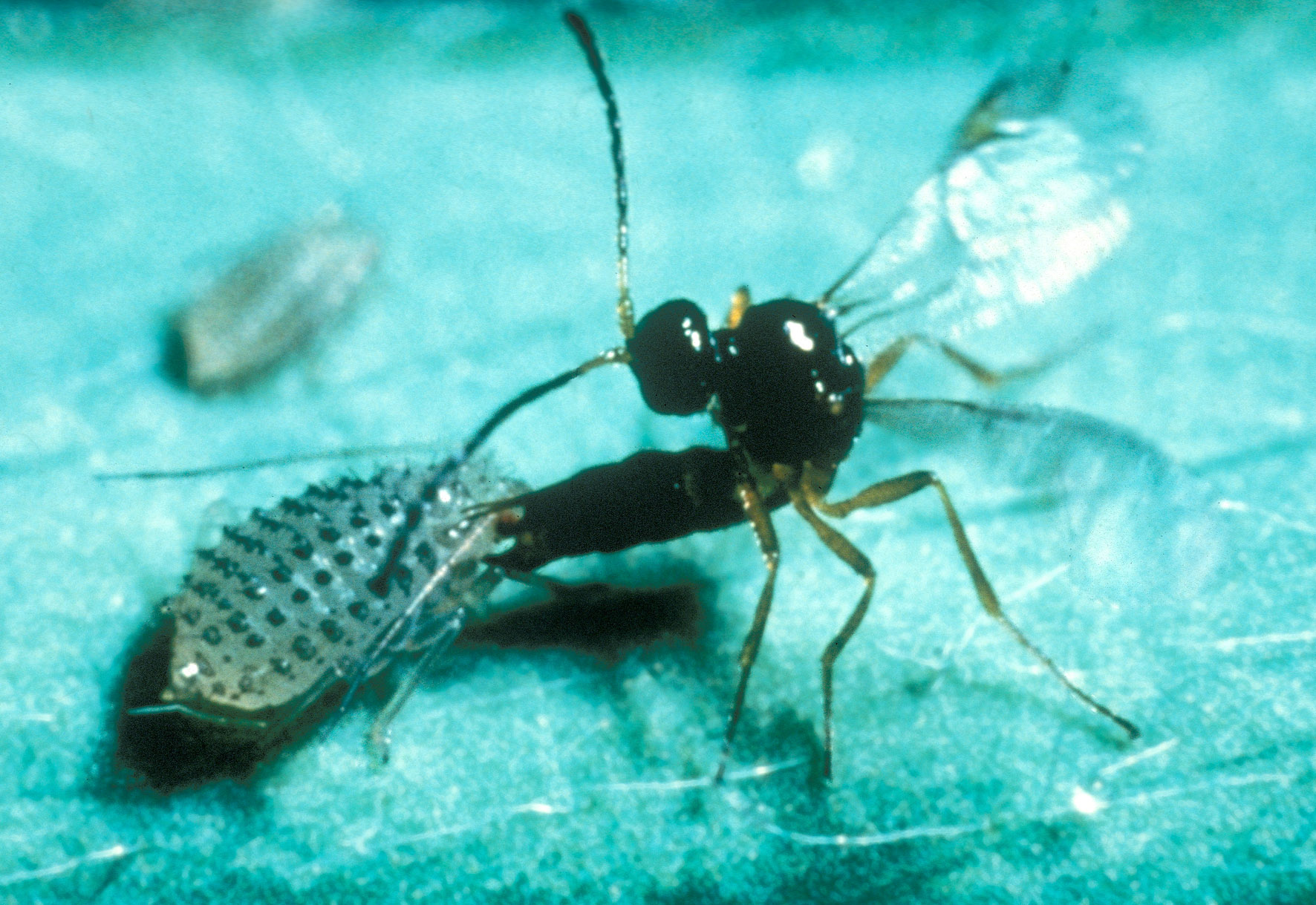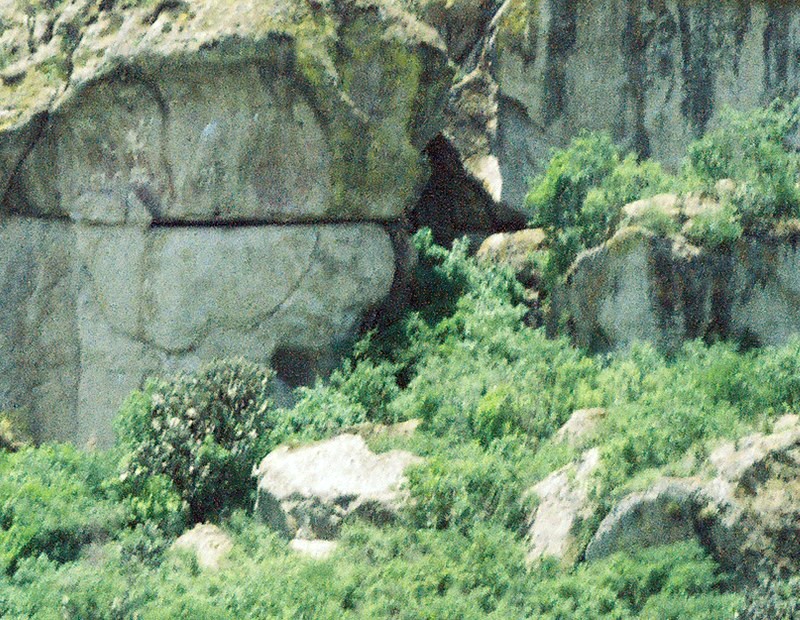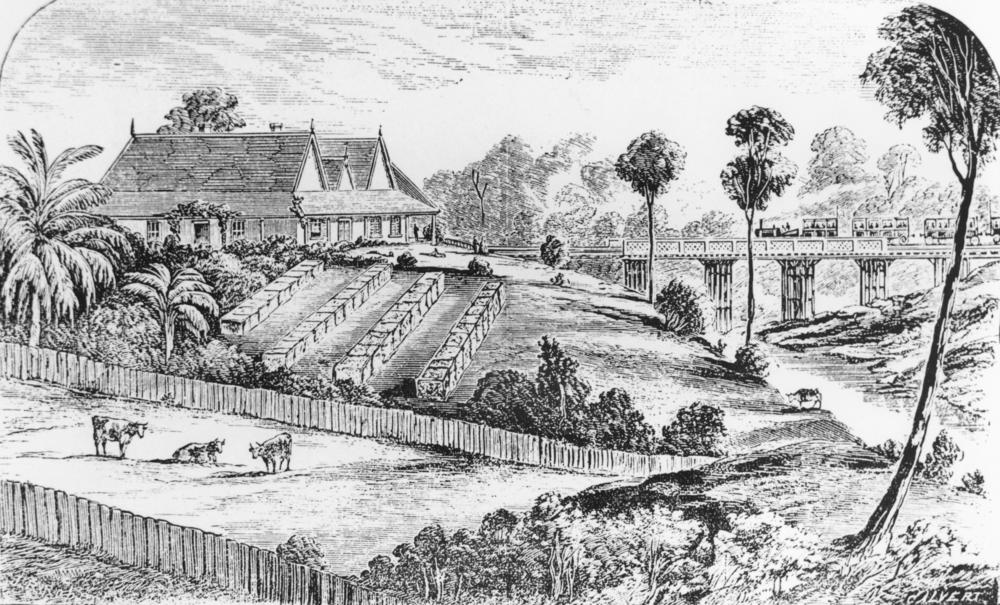|
Inopus Rubriceps
''Inopus rubriceps'', known generally as the sugarcane soldier fly or Australian soldier fly, is a species of soldier fly in the family Stratiomyidae. The fly acts as a host for the parasitoid wasps ''Neurogalesus carinatus'' and ''Neurogalesus militis''. The species causes damage to pasture, as well as oat and maize crops, however the degree of damage it causes means it is not considered a major pest. Though native to South East Queensland and northern New South Wales areas in Australia, its introduced range includes California and New Zealand. Populations tend to prefer warm, moist climates in subtropical/tropical regions, and no related species occur in its native range, suggesting a long evolutionary history for the fly in the region. The species was first recorded in New Zealand in 1944, appearing at Opotiki in the Bay of Plenty in the North Island The North Island, also officially named Te Ika-a-MńĀui, is one of the two main islands of New Zealand, separated from th ... [...More Info...] [...Related Items...] OR: [Wikipedia] [Google] [Baidu] |
Soldier Fly
The soldier flies (Stratiomyidae, sometimes misspelled as Stratiomyiidae, from Greek - soldier; - fly) are a family of flies (historically placed in the now-obsolete group Orthorrhapha). The family contains over 2,700 species in over 380 extant genera worldwide. Adults are found near larval habitats, which are found in a wide array of locations, mostly in wetlands, damp places in soil, sod, under bark, in animal excrement, and in decaying organic matter. The Stratiomyinae are a different subgroup that tends to have an affinity to aquatic environments. They are diverse in size and shape, though they commonly are partly or wholly metallic green, or somewhat wasplike mimics, marked with black and yellow or green and sometimes metallic. They are often rather inactive flies which typically rest with their wings placed one above the other over the abdomen. Etymology In English, the Stratiomidi are commonly called soldier flies, in German ''Waffenfliegen'' ("armed flies"). In the It ... [...More Info...] [...Related Items...] OR: [Wikipedia] [Google] [Baidu] |
Parasitoid
In evolutionary ecology, a parasitoid is an organism that lives in close association with its host (biology), host at the host's expense, eventually resulting in the death of the host. Parasitoidism is one of six major evolutionarily stable strategy, evolutionary strategies within parasitism, distinguished by the fatal prognosis for the host, which makes the strategy close to predation. Among parasitoids, strategies range from living inside the host (''endoparasitism''), allowing it to continue growing before emerging as an adult, to Paralysis, paralysing the host and living outside it (''ectoparasitism''). Hosts can include other parasitoids, resulting in hyperparasitism; in the case of oak galls, up to five levels of parasitism are possible. Some parasitoids Behavior-altering parasite, influence their host's behaviour in ways that favour the propagation of the parasitoid. Parasitoids are found in a variety of Taxon, taxa across the insect superorder Endopterygota, whose compl ... [...More Info...] [...Related Items...] OR: [Wikipedia] [Google] [Baidu] |
Neurogalesus Carinatus
''Neurogalesus carinatus'' is a species of parasitic wasp in the family Diapriidae, first described in 1907. It uses the Australian soldier fly ''Inopus rubriceps'' as a host, sharing its range in pastured areas of South East Queensland, northern New South Wales and its non-native range on the North Island of New Zealand. Description ''Neurogalesus carinatus'' have deep red-coloured legs and antennae, with a female body length of up to 5.5mm. It can be distinguished from ''Neurogalesus dissimilis'' and ''Neurogalesus rubripes'' (two wasps with similar appearances) by having a sulcus on either side of the median groove at the base of the abdomen. Distribution The earliest recorded sighting of ''Neurogalesus carinatus'' in New Zealand is in 1985, after a specimen was collected from MńĀngere in Auckland Auckland (pronounced ) ( mi, TńĀmaki Makaurau) is a large metropolitan city in the North Island of New Zealand. The most populous urban area in the country and the fifth ... [...More Info...] [...Related Items...] OR: [Wikipedia] [Google] [Baidu] |
Auckland War Memorial Museum
The Auckland War Memorial Museum TńĀmaki Paenga Hira (or simply the Auckland Museum) is one of New Zealand's most important museums and war memorials. Its collections concentrate on New Zealand history (and especially the history of the Auckland Region), natural history, and military history. The present museum building was constructed in the 1920s in the neo-classicist style, and sits on a grassed plinth (the remains of a dormant volcano) in the Auckland Domain, a large public park close to the Auckland CBD. Auckland Museum's collections and exhibits began in 1852. In 1867 Aucklanders formed a learned society ‚Äď the Auckland Philosophical Society, later the Auckland Institute. Within a few years the society merged with the museum and '' Auckland Institute and Museum'' was the organisation's name until 1996. Auckland War Memorial Museum was the name of the new building opened in 1929, but since 1996 was more commonly used for the institution as well. From 1991 to 2003 th ... [...More Info...] [...Related Items...] OR: [Wikipedia] [Google] [Baidu] |
Maize
Maize ( ; ''Zea mays'' subsp. ''mays'', from es, maíz after tnq, mahiz), also known as corn ( North American and Australian English), is a cereal grain first domesticated by indigenous peoples in southern Mexico about 10,000 years ago. The leafy stalk of the plant produces pollen inflorescences (or "tassels") and separate ovuliferous inflorescences called ears that when fertilized yield kernels or seeds, which are fruits. The term ''maize'' is preferred in formal, scientific, and international usage as a common name because it refers specifically to this one grain, unlike ''corn'', which has a complex variety of meanings that vary by context and geographic region. Maize has become a staple food in many parts of the world, with the total production of maize surpassing that of wheat or rice. In addition to being consumed directly by humans (often in the form of masa), maize is also used for corn ethanol, animal feed and other maize products, such as corn starch a ... [...More Info...] [...Related Items...] OR: [Wikipedia] [Google] [Baidu] |
South East Queensland
South East Queensland (SEQ) is a bio-geographical, metropolitan, political and administrative region of the state of Queensland in Australia, with a population of approximately 3.8 million people out of the state's population of 5.1 million. The area covered by South East Queensland varies, depending on the definition of the region, though it tends to include Queensland's three largest cities: the capital city Brisbane; the Gold Coast; and the Sunshine Coast. Its most common use is for political purposes, and covers and incorporates 11 local government areas, extending from Noosa in the north to the Gold Coast and New South Wales border in the south (some sources include Tweed Heads, New South Wales which is contiguous as an urban area with Brisbane/Gold Coast), and west to Toowoomba (which is simultaneously considered part of the Darling Downs region). South East Queensland was the first part of Queensland to be settled and explored by Europeans. Settlements initially ... [...More Info...] [...Related Items...] OR: [Wikipedia] [Google] [Baidu] |
New South Wales
) , nickname = , image_map = New South Wales in Australia.svg , map_caption = Location of New South Wales in AustraliaCoordinates: , subdivision_type = Country , subdivision_name = Australia , established_title = Before federation , established_date = Colony of New South Wales , established_title2 = Establishment , established_date2 = 26 January 1788 , established_title3 = Responsible government , established_date3 = 6 June 1856 , established_title4 = Federation , established_date4 = 1 January 1901 , named_for = Wales , demonym = , capital = Sydney , largest_city = capital , coordinates = , admin_center = 128 local government areas , admin_center_type = Administration , leader_title1 = Monarch , leader_name1 = Charles III , leader_title2 = Governor , leader_name2 = Margaret Beazley , leader_title3 = Premier , leader_name3 = Dominic Perrottet ( Liberal) , national_representation = Parliament of Australia , national_representation_type1 = Sen ... [...More Info...] [...Related Items...] OR: [Wikipedia] [Google] [Baidu] |
California
California is a state in the Western United States, located along the Pacific Coast. With nearly 39.2million residents across a total area of approximately , it is the most populous U.S. state and the 3rd largest by area. It is also the most populated subnational entity in North America and the 34th most populous in the world. The Greater Los Angeles area and the San Francisco Bay Area are the nation's second and fifth most populous urban regions respectively, with the former having more than 18.7million residents and the latter having over 9.6million. Sacramento is the state's capital, while Los Angeles is the most populous city in the state and the second most populous city in the country. San Francisco is the second most densely populated major city in the country. Los Angeles County is the country's most populous, while San Bernardino County is the largest county by area in the country. California borders Oregon to the north, Nevada and Arizona to the ea ... [...More Info...] [...Related Items...] OR: [Wikipedia] [Google] [Baidu] |
New Zealand
New Zealand ( mi, Aotearoa ) is an island country in the southwestern Pacific Ocean. It consists of two main landmasses‚ÄĒthe North Island () and the South Island ()‚ÄĒand over 700 List of islands of New Zealand, smaller islands. It is the List of island countries, sixth-largest island country by area, covering . New Zealand is about east of Australia across the Tasman Sea and south of the islands of New Caledonia, Fiji, and Tonga. The country's varied topography and sharp mountain peaks, including the Southern Alps, owe much to tectonic uplift and volcanic eruptions. New Zealand's Capital of New Zealand, capital city is Wellington, and its most populous city is Auckland. The islands of New Zealand were the last large habitable land to be settled by humans. Between about 1280 and 1350, Polynesians began to settle in the islands and then developed a distinctive MńĀori culture. In 1642, the Dutch explorer Abel Tasman became the first European to sight and record New Zealand. ... [...More Info...] [...Related Items...] OR: [Wikipedia] [Google] [Baidu] |
Austral Entomology
''Austral Entomology'' (formerly ''Australian Journal of Entomology'') is a peer-reviewed scientific journal published by Wiley on behalf of the Australian Entomological Society. The editor-in-chief An editor-in-chief (EIC), also known as lead editor or chief editor, is a publication's editorial leader who has final responsibility for its operations and policies. The highest-ranking editor of a publication may also be titled editor, managing ... is Dr Richard V Glatz. Austral Entomology is the flagship publication of the Society, and it promotes the study of the biology, ecology, taxonomy and control of insects and arachnids within a southern hemisphere context. External links * Quarterly journals English-language journals Wiley-Blackwell academic journals Entomology journals and magazines Publications established in 1962 Academic journals associated with learned and professional societies of Australia {{zoo-journal-stub ... [...More Info...] [...Related Items...] OR: [Wikipedia] [Google] [Baidu] |
ŇĆpŇćtiki
ŇĆpŇćtiki (; from ''ŇĆpŇćtiki-Mai-Tawhiti'') is a small town in the eastern Bay of Plenty in the North Island of New Zealand. It houses the headquarters of the ŇĆpŇćtiki District Council and comes under the Bay of Plenty Regional Council. Geography The town of ŇĆpŇćtiki is situated exactly on latitude 38¬į South. The climate is temperate. Summer temperatures reach the mid-20s (Celsius, mid-70s Fahrenheit) on the coast and encourage a continuation of the beach culture of the Bay of Plenty. Winter days are often cloudless, the daytime temperature never drops below freezing but there may be a mild frost at night. Winter snow falls along the crest of the ranges, and on the higher peaks (over 1000 m) may remain for a few weeks. Rain occurs at any season. Severe localised rainstorms ('cloudbursts') may occur in the high country and have caused flash flooding including past inundations of ŇĆpŇćtiki township. Demographics The ŇĆpŇćtiki urban area, as defined by Statistics New Zea ... [...More Info...] [...Related Items...] OR: [Wikipedia] [Google] [Baidu] |



